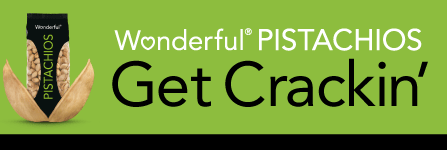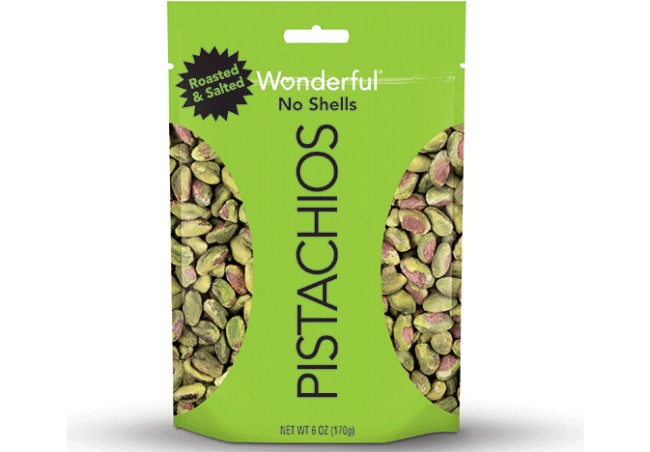Unless you have created a highly stylized, distinctive, graphic representation of a generic designation, perhaps something like the Miller Lite script, don’t bother trying to own or enforce it:
Most likely, you’ll end up regretting the decision to enforce, when the court of public opinion weighs in, after the social media shame-wagon flogs it as another example of trademark bullying.
Lagunitas Brewing filed this complaint in federal district court for trademark infringement against Sierra Nevada’s Hop Hunter IPA, because the generic acronym IPA (standing for India Pale Ale) appeared in black all capital letters (perhaps the lowest common denominator for stylization):
Lagunitas claimed: “This proposed design uses all capital, large, bold, black ‘IPA’ lettering in a font selection that is remarkably similar to the iconic Lagunitas design and, indeed, is the central and most prominent feature of the new Sierra Nevada design, emulating the iconic Lagunitas family of IPA trademarks. . . . ”
The thing is, Lagunitas probably has the potential for a very, very narrow trademark right in its stylization of the IPA graphic, but I’d hardly call Sierra Nevada’s version “remarkably similar” — moreover, I’d suggest that near identity and probably other similar trade dress elements would be needed to have a plausible likelihood of confusion claim.
Lagunitas seems to have forgotten how it explained in far more detail — in paragraph 16 of its complaint — the claimed distinctiveness of its graphic representation of the generic IPA acronym on product packaging:
“The unique ‘IPA’ lettering used in the Lagunitas ‘IPA’ Family of Trademarks has a distinctive serif font, distinctive kerning (or letter spacing), between the ‘P’ and the ‘A’, slightly aged or weathered look, with uneven areas on each of the letters, and the elimination of any periods between the letters. These elements together are unique to the iconic design of the Lagunitas IPA. The overall effect of these factors (the all-capital, large, bold, black serif lettering style, and the placement with respect to other wording and design elements) creates a unique, iconic design that is associated with and signifies Lagunitas and its associated reputation for excellence in the craft brew industry and among consumers.”
Assuming for the moment that Lagunitas has a narrow trademark right in its graphic representation of the generic IPA acronym, the problem remains, all the claimed elements aren’t present in the Sierra Nevada Hop Hunter IPA package design.
Probably the most unique aspects of the visual identity (the “slightly aged or weathered look, with uneven areas on each of the letters”) are not present in the Sierra Nevada design, putting aside the fact that the HOP HUNTER trademark obliterates at least a quarter of the IPA lettering.
It’s kind of like complaining about the use of the words “Eat More Kale” when the words are spelled correctly without dripping black “Eat Mor Chikin” ink from cows with poor grammar and penmanship, or perhaps it’s also like targeting a monochrome red shoe when the non-traditional red color trademark covers only the red sole portion of the shoe as a contrasting color.
Let’s face it, Lagunitas is another painful reminder to brand owners that selecting appropriate trademark enforcement targets is no less important when narrow as opposed to strong trademark rights are claimed. Yes, the Lagunitas overreach reminds me of the ill-advised enforcement targets pursued by both Chic-fil-A and Christian Louboutin.
Having said all that, we remain hopeful this all ends well for Lagunitas. Hopefully the wisdom of the Lagunitas’ apology and the almost immediate withdrawal of the lawsuit permits the brand to get back to business and avoid years worth of legal fees and further media flogging.
Legal types, would you have brought the Lagunitas’ trademark infringement claim?
Marketing types, how would you grade the Lagunitas’ apology in terms of content and timing?







 Surisingly, the USPTO has issued no refusal, and the
Surisingly, the USPTO has issued no refusal, and the 
 Trademark types, would you get crackin’ on a Letter of Protest, were you holding Wonderful’s bag?
Trademark types, would you get crackin’ on a Letter of Protest, were you holding Wonderful’s bag?


 Last, but not least, Ron, will you need reminding that yet another price of purging your vanity is that you’ll need to
Last, but not least, Ron, will you need reminding that yet another price of purging your vanity is that you’ll need to 





